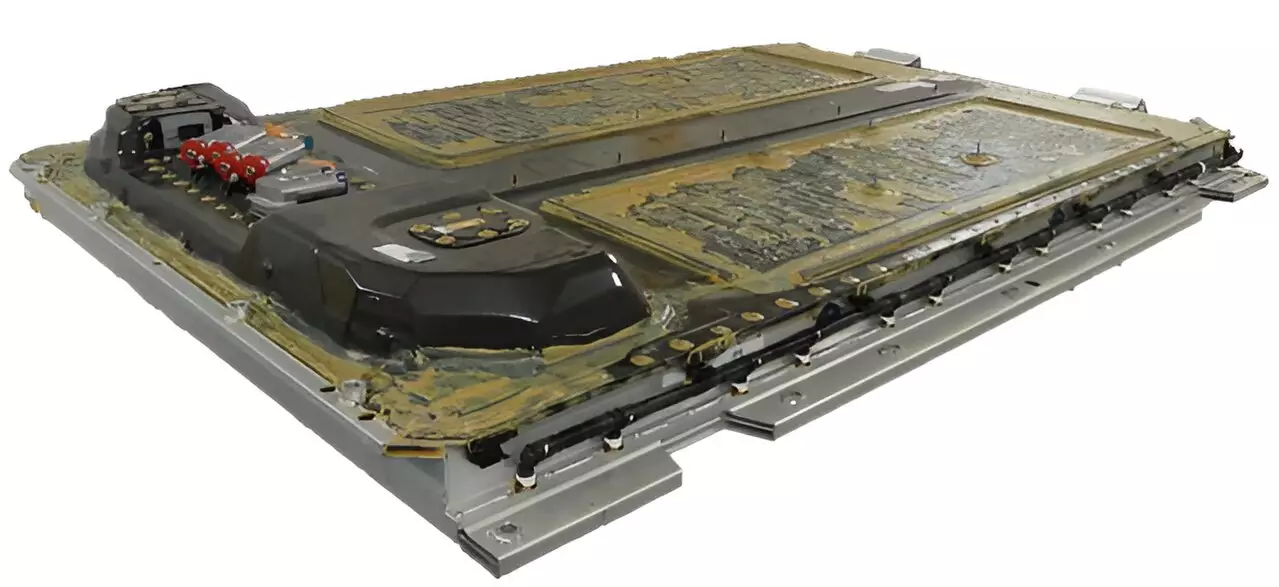Electric vehicles have been gaining popularity due to their environmental benefits, but there is always room for improvement. In the COOLBat joint research project, researchers are working on developing next-generation battery enclosures for electric vehicles. The goal is to make these enclosures lighter, increase their range, and reduce carbon emissions during production.
Innovative Lightweight Construction
The project partners are combining individual systems, packing more functions into a smaller space, and using new materials to achieve their objectives. By integrating lightweight construction methods and reducing the weight of the enclosures, the researchers are not only improving the environmental impact but also increasing the range of electric vehicles.
One of the key aspects of the research is to integrate thermal and mechanical functions within the enclosures. By combining these functions, the researchers are able to reduce weight and streamline interfaces. This approach not only improves the energy efficiency of the battery but also enhances safety by protecting the battery cells from mechanical loads and overheating.
Heat Dissipation and Fire Protection
The researchers are also focusing on improving heat dissipation from batteries to the exterior shell. By using ecofriendly heat-conductive materials instead of heavy pastes, the performance and lifespan of electric vehicles can be significantly enhanced. Additionally, bio-based flame retardant coatings are being used to improve fire protection and prevent the spread of fire from battery cells.
In an effort to promote sustainability, the researchers have designed the enclosures to be disassembled and reused nondestructively. By using lightweight construction and reusable materials, the project aims to reduce the carbon footprint and lower repair costs. This circular economy approach highlights the commitment to minimizing waste and maximizing resources.
Future Prospects
The results of the COOLBat project have the potential to be extended to other industries that utilize large batteries, such as trains, aircraft, and boats. The cooling systems developed in the project could also have applications in transporting perishable goods, while the fire protection solutions could be implemented in various buildings. The overarching goal is to transfer the innovative research findings to a wide range of industries for maximum impact.
Overall, the COOLBat project is paving the way for a more sustainable and efficient future for electric vehicles. By focusing on lightweight construction, integrated functionality, and ecofriendly materials, the researchers are revolutionizing battery enclosures and setting new standards for the industry. The collaborative effort of the project partners highlights the importance of interdisciplinary research in driving innovation and progress towards a greener tomorrow.



Leave a Reply